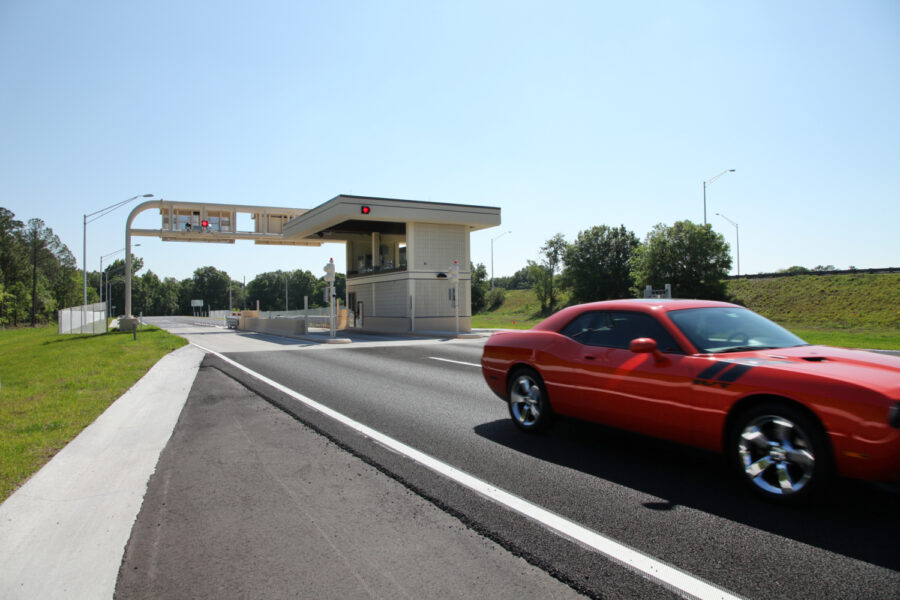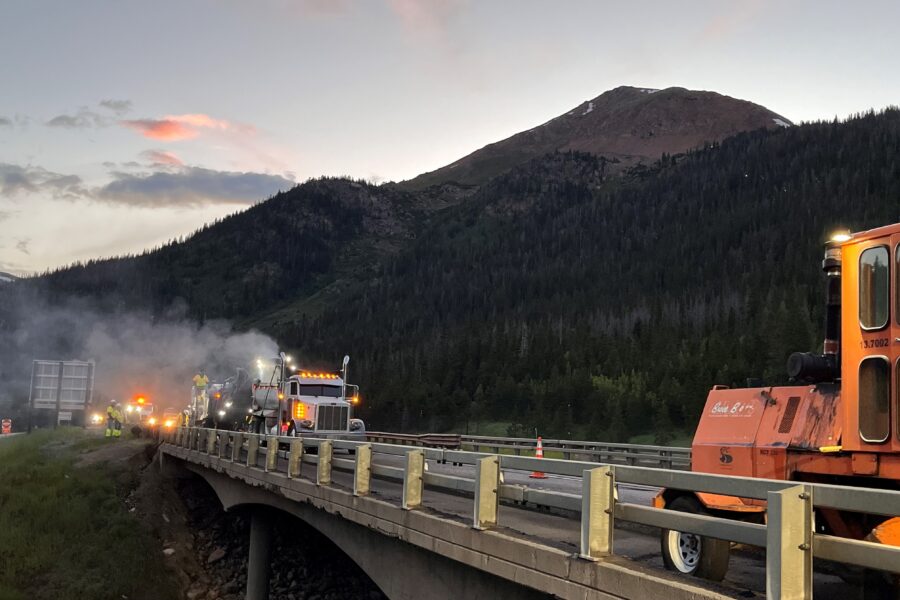Screening to Pick the Right Project Delivery Method

Industry leaders and public agencies developing alternative project delivery projects or public-private partnerships (P3s) will tell you that not all projects should be advanced as a P3 project. I consider this important and sage advice to those with established alternative delivery programs and new public owners looking to enter into P3 development.
Many established and emerging public programs have initiated some form of high-level and detail-level screening of candidate P3 projects. This allows them to review and analyze key criteria that may affect the technical and financial feasibility of the project. As one of the important steps, this helps to provide decision makers with additional information to make a sound investment decision to either advance or reject candidate P3 projects.

The high-level screening of candidate P3 projects represents the first stage of a two-step screening process for solicited projects (initiated by the owner) and unsolicited proposals (presented by the private sector). The steps outlined below were developed by the Virginia Office of Public-Private Partnerships (VAP3) and are designed to assist public agencies in the evaluation of candidate P3 projects.
While conducting the high-level screening, public agencies should review key criteria and questions related to the scope and nature, risk levels, value to the agency and the financial/technical feasibility of the candidate project. Criteria may depend on the specific scope of the project, public policies of the agency and the risk profile the public agency is willing to accept, transfer or mitigate.
Key criteria that should be assessed by public agencies advancing a potential P3 project include:
- Accelerating Project Development: Compare delivery of the candidate project with proposed alternatives to see if the project can be delivered in a timelier manner. This may be associated with the availability of public funding for the project or potentially the debt capacity of the public agency.
- Project Efficiencies: Would delivering the project as a P3 help foster efficiencies through the most appropriate transfer of risk over the project’s lifecycle? The efficiencies could relate to operations, technology, best industry practices, construction or maintenance.
- Project Complexity: Is the candidate project sufficiently complex in terms of the scope of work related to technical and/or financial requirements to effectively leverage private sector innovation and expertise? Could the private sector bring a level of innovation, management and risk transfer that is of value to the public agency? This is one area of value that can be assessed by the public sector.
- Ability to Optimize the Transfer of Risk: Would the P3 delivery method help optimize the transfer of project risks and future responsibilities to the private sector on a long-term basis? Risk is one of the most important aspects of a P3 project. Should it be retained or transferred? Should and can it be mitigated? Uncover all questions that can be later assessed in risk workshops and monitored in a risk matrix.
- Transportation Priorities: Is the project consistent with the overall transportation objectives and mission of the public agency and local jurisdictions? Identify if the project adequately addresses the transportation needs of the region and the metropolitan planning organization’s plans.
- Ability to Raise Capital: Would delivering the project under a P3 delivery method help free up capital from other sources for identified transportation priorities within the region or jurisdiction? Is there an ability to generate revenue on the project? This will also assist in later analysis to better define the financial feasibility of the project, what the potential public contribution may be needed and if an alternative financial concept, like availability payments, may bring value to the project.
- Federal Requirements: Is the candidate project consistent with the requirements any federal agencies, such as the Federal Highway Administration, Federal Transit Administration or the U.S. Army Corps of Engineers, that may be impacted by the scope of the work. This assessment needs to be reviewed to help identify potential stakeholders in the project and initiate a plan to involve those stakeholders as early and as often as possible.
While these are just a few questions a public agency should be asking as part of a high-level screening, the focus should be about the policy and project objectives the agency is trying to achieve. Keeping these in mind with the value-added items that can be gained by using an alternative delivery method and what pieces of information do decision makers need will help you determine the feasibility and suitability of a candidate P3 project.




